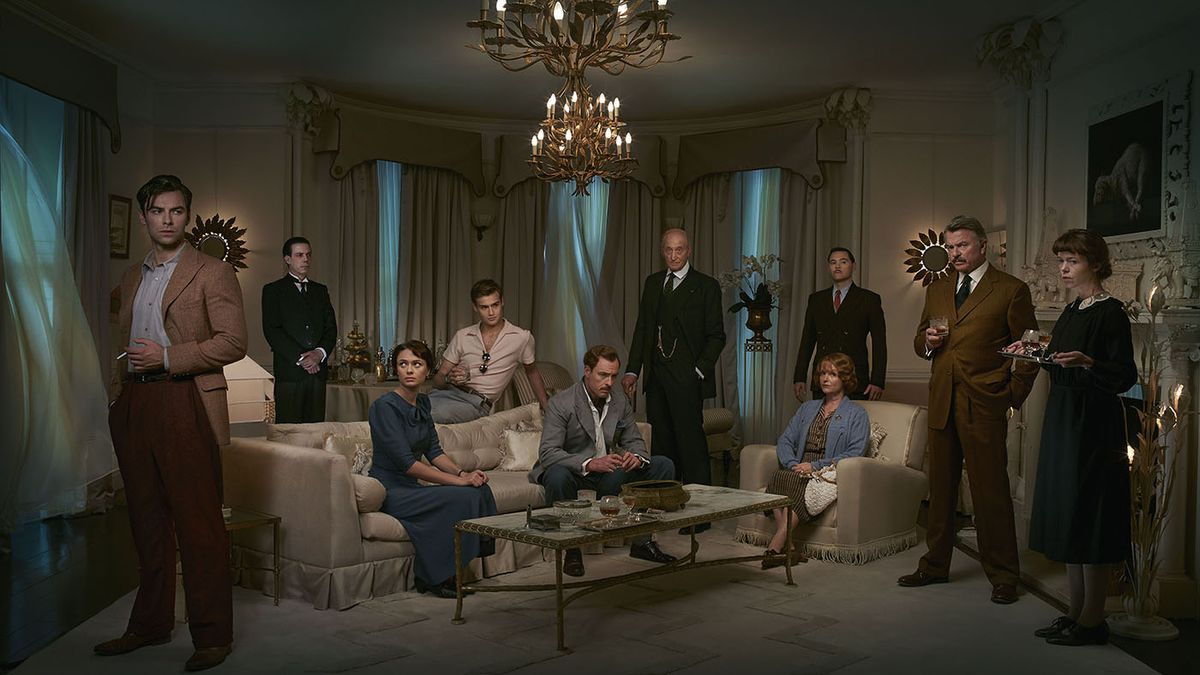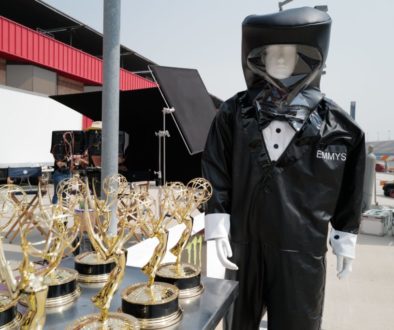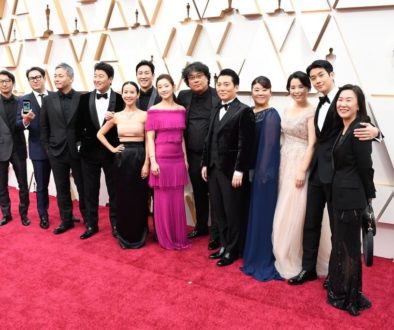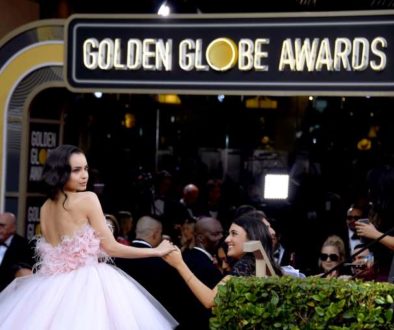Nonfiction Catch-up Post: One Wedding and Nine Funerals

There has never been a fictional wedding/funeral ratio more to my tastes, has there?
The wedding happened on BATES MOTEL, which I covered for AV Club; you could not have picked a better week for me to drop in on a show than the week two characters with a deeply repressed slow burn have to marry each other for plot reasons and then trip over their feelings for the next forty minutes. Naturally, I talked about tragedy the entire time.
One of the great hooks of tragedy is watching people struggle after it’s too late. Bates Motel is a veritable playground of it—this is a version of the story whose earliest minutes turned out to be evidence Norman’s doomed, and it’s never stopped seeking out impossible things for its characters to rail against. This pall of predestination falls across the series’ of humor (sometimes balancing pathos on a knife’s edge of camp), across its noirish season arcs, and darkest of all across the house on the hill….This show is a tragedy; we know just how this ends.
The nine funerals happened in AND THEN THERE WERE NONE, which I honestly could not have loved any more. Deco Gothic darkness with deep cinematic flourish that happily wallows in its own doomed humanity while plucking its characters off their dreadful mortal coils one at a time? They read my diary.
That thread of guilt is what generates most of the suspense. (There’s the occasional jump scare, but the series hardly needs it.) To sustain a singular note for three hours might seem impossible, but one of the greatest pleasures of And Then There Were None is that it allows enough breathing room for the rot to set in.
I’m also continuing my recaps of ELEMENTARY, which has had an uneven season that, nonetheless, feels like it could be bending slowly toward an arc of Joan going vigilante. You could guess how excited I am about this, and you could guess how wary I am of this show’s handling of her since the stellar first season, and you would be right on both counts! (I do love so much of what this show can do, but it is remarkable to take notes every week on a show that claims to have two leads and balance the emotional weight each of them gets. I want, so much, for her to do this; I want so much for what she’s going through to play out and to matter.)
I also ended up writing an entire essay on costume and character design in STAR WARS, propelled almost entirely by the fact that Disney World offers a hummus appetizer for Star Wars Land that is a careful replica of Darth Maul’s head. (That feels like the funeral of something, though hell if I know what.)
And for NPR Books, I reviewed Jack Lynch’s YOU COULD LOOK IT UP is a “history of the reference section” that ends up being an ode to the ingrained social history behind any reference work: prostitute guidebooks, Dutch/Japanese dictionaries, dueling encyclopedias, you name it. There are some interesting choices, and occasionally the sense of rushing past them in a car (which happens when you try to condense the entire history of reference materials into 50 iconic examples while still trying to include historical context and a reference-work family tree wherever possible), but it’s still a fascinating read.
I also reviewed THE STORY OF HONG GILDONG, a ripping yarn that’s also a pointed example of Western folktale myopia. It also pins its universal qualities to a particular period in history (one of many parallels it shares with Robin Hood), and a large part of the book’s success is the translation by Minsoo Kang, which deftly captures the energy and personality with the original while keeping just enough of the wry narrator that we never quite buy into Hong Gildong as much as he buys into himself.



